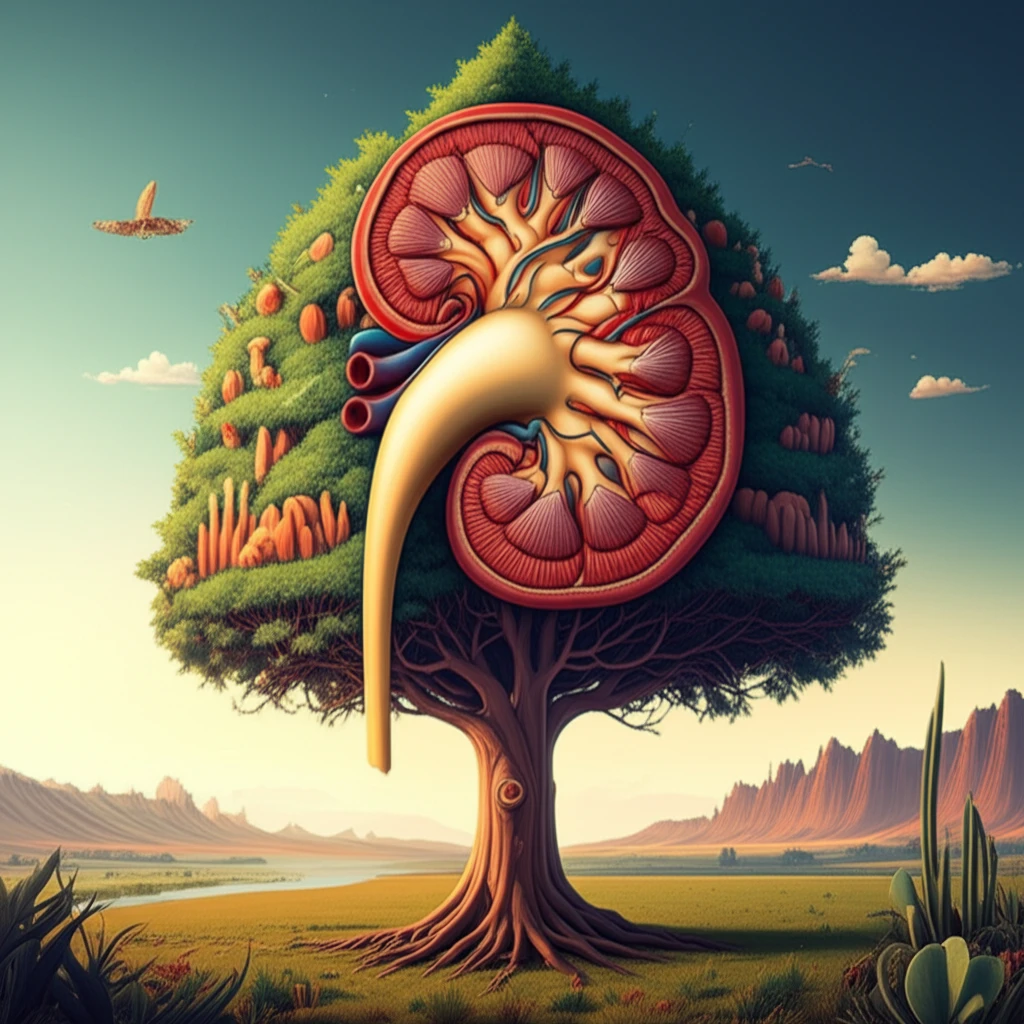
Kidney Transplants: What to Know About the Ever-Evolving World of Renal Care
"Explore the latest trends, success rates, and factors influencing kidney transplantation in the U.S. – empowering patients and families with essential knowledge."
Kidney transplantation is a crucial treatment for individuals with end-stage renal disease (ESRD), offering improved survival and quality of life compared to dialysis. This article explores the current state of kidney transplantation in the United States, drawing on the most recent data to provide a comprehensive overview of the field.
The Organ Procurement and Transplantation Network (OPTN) implemented significant revisions to the kidney allocation system (KAS) in December 2014, aiming to reduce organ discards, decrease access disparities, and maximize the use of available organs. This article will highlight some changes stemming from this new policy and future impacts.
This article examines key trends in kidney transplantation, including waiting list dynamics, organ donation rates, and patient outcomes. We'll explore the factors influencing these trends, such as age, race, and primary cause of ESRD, while also considering the impact of policy changes on access to transplantation and long-term survival.
Navigating the Kidney Transplant Landscape: What Factors Influence Your Wait Time?

The kidney transplant waiting list is a critical point of access for many individuals with ESRD. As of December 31, 2015, the waiting list included 83,978 candidates, reflecting a slight decrease compared to the previous year. Several factors influence an individual's position on the waiting list and their likelihood of receiving a transplant.
- Blood Type and PRA Sensitization: Patients with blood types B and O often experience longer waiting times. Similarly, individuals with higher Panel Reactive Antibody (PRA) levels, indicating increased sensitization to potential donors, may also face extended waits, though this trend has been decreasing for highly sensitized individuals.
- Geographic Location: Waiting times can vary significantly depending on the region of the country. For example, in 2010, the median waiting time ranged from a low of 1.2 years in Utah to a high of 5.2 years in Georgia.
- Age: While the percentage of younger patients (0-21 years) being wait-listed or receiving a transplant within the first year of ESRD initiation has increased, older patients still comprise a smaller proportion of transplant recipients.
The Future of Kidney Transplantation: Promising Trends and Ongoing Challenges
Despite the challenges, the field of kidney transplantation continues to evolve, with ongoing efforts to improve access, expand the donor pool, and enhance patient outcomes. The rise of kidney paired donation programs, the increasing use of deceased-donor organs, and advancements in immunosuppression therapy offer hope for the future of renal care.
Since 1998, the probabilities of graft survival and patient survival have steadily improved for both living and deceased-donor kidney transplants. In 2014, one-year graft survival rates reached 93% for deceased-donor and 97% for living-donor recipients, while patient survival rates were 96% and 99%, respectively.
By staying informed, advocating for their needs, and embracing new advancements, patients can navigate the transplant journey with greater confidence and hope for a healthier future.
